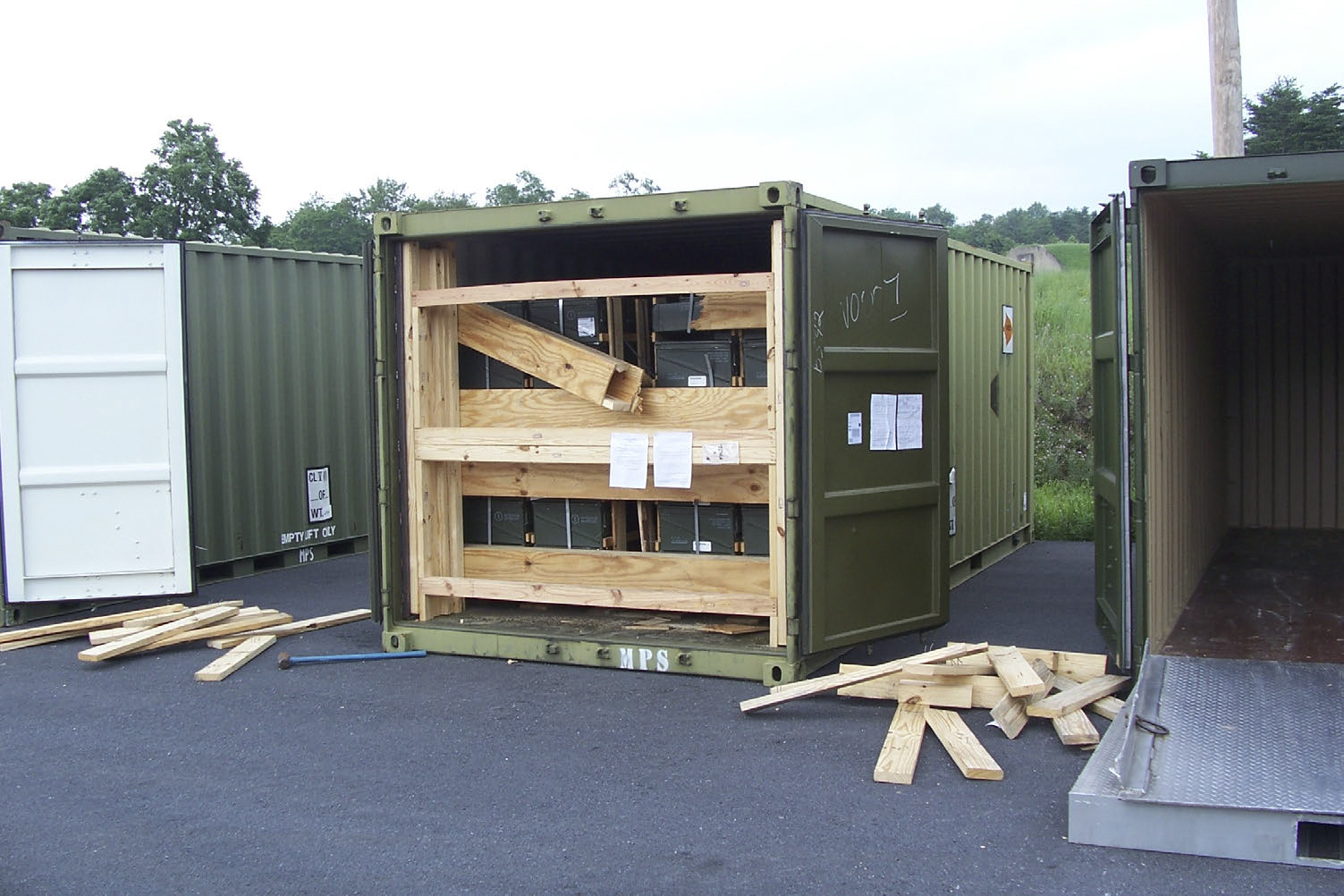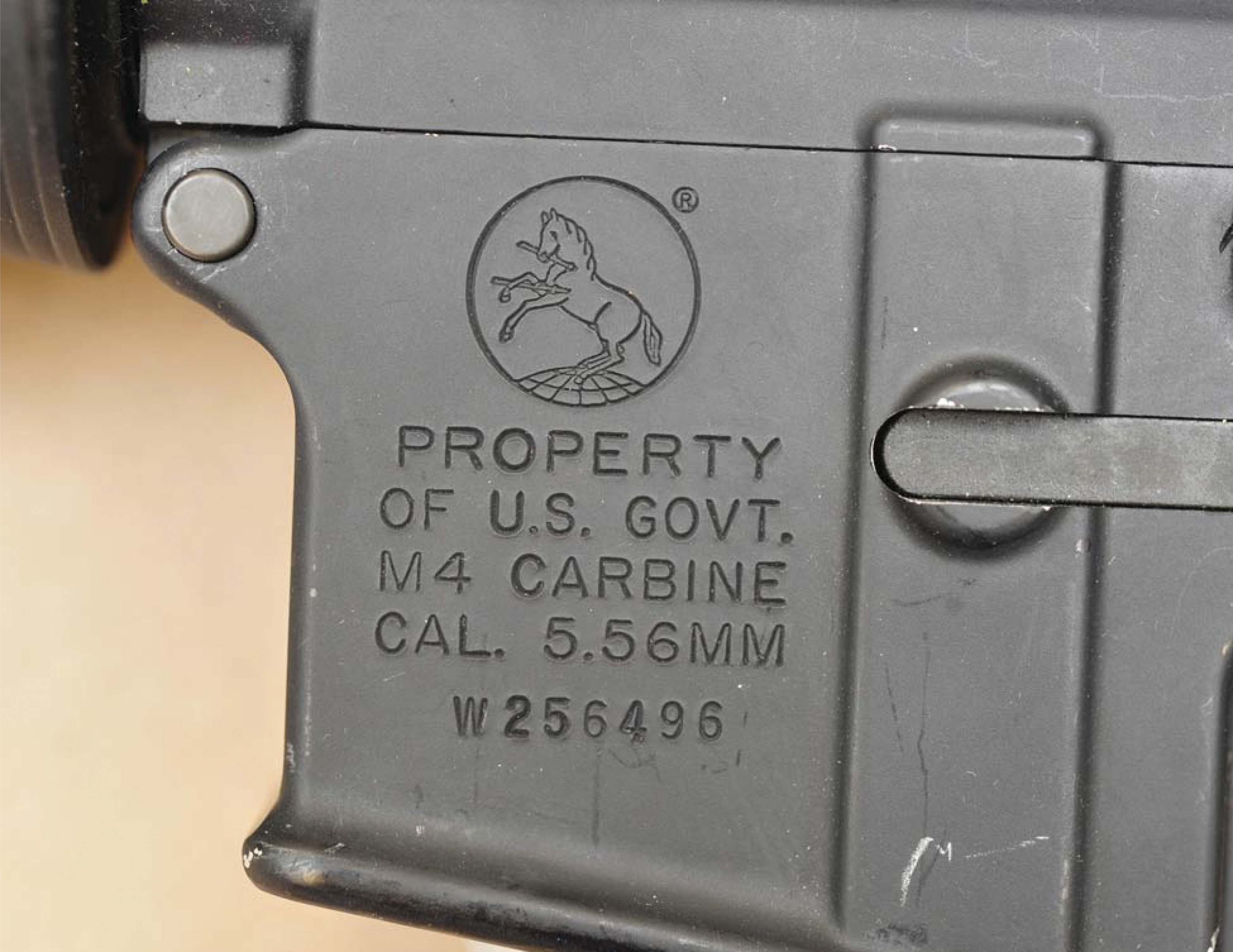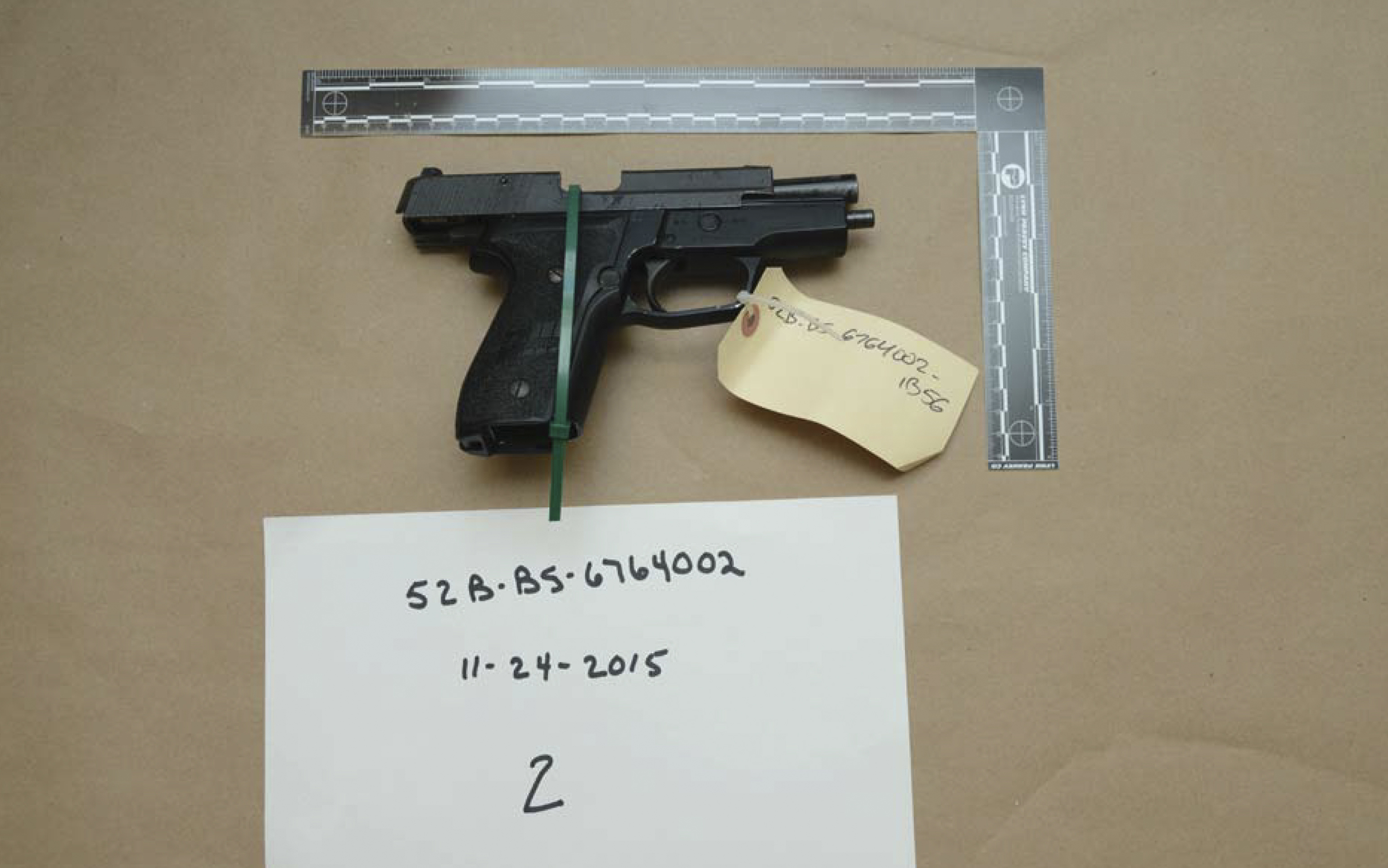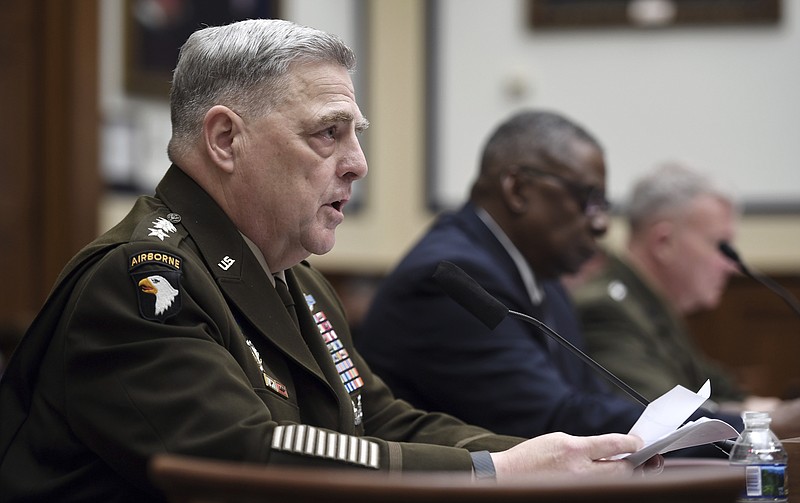The Department of Defense is overhauling how it keeps track of its guns and explosives, and Congress is requiring more accountability from the Pentagon -- responses to an Associated Press investigation that showed lost or stolen military weapons were reaching America's streets.
The missing weaponry includes assault rifles, machine guns, handguns, armor-piercing grenades, artillery shells, mortars, grenade launchers and plastic explosives.
The Pentagon will now have to give lawmakers an annual report on weapons loss and security under the National Defense Authorization Act, which Congress approved this month and President Joe Biden is expected to sign.
As AP's AWOL Weapons investigation showed, military officials weren't advising Congress even as guns and explosives continued to disappear.
To meet the reporting requirements, the military is modernizing how it accounts for its millions of firearms and mountains of explosives.
"Clearly the accountability on this issue was stopping at too low of a level," said U.S. Rep. Jason Crow, D-Colo., an Army veteran and member of the House Armed Services Committee who supported the reforms.
With the new requirements, "if there are hundreds of missing weapons in that report, members of Congress are going to see it and they are going to be asked about it publicly and held accountable for it."
Pentagon officials have said they can account for more than 99.9% of firearms and take weapons security very seriously.
Still, when AP published its first report on missing firearms in June, Gen. Mark Milley, the chairman of the Joint Chiefs of Staff, said he would consider a "systematic fix."
In response, the Army, the largest branch with the most firearms, took on a major overhaul of how units report missing, lost or stolen weapons.
Paper records are giving way to a digital form, and a central logistics operations center is collecting and verifying serious incident reports that -- as with other armed services -- didn't always go all the way up the chain of command.
The new system uses an existing software system called Vantage to give commanders a real-time look at what is unaccounted for, Scott Forster, an operations research analyst at the Army, said in a briefing with AP. Other changes will affect how the military responds to law enforcement investigations.
When a gun is recovered or sought during a criminal case, the Defense Department's Small Arms and Light Weapons Registry -- which the Army runs for the Pentagon -- is supposed to determine the last known location or unit responsible.
But the registry's information was inaccurate and responses to law enforcement weren't timely, according to internal Army documents obtained by the AP.
The Army is now developing an app that would search each service's own property record databases, said Army spokesman Lt. Col. Brandon Kelley.
The new law also requires the defense secretary to report confirmed thefts or recovery of weapons to the National Crime Information Center, which the FBI runs.
Military regulations had required the services and units to self-report losses; the onus will now be on the highest level of the Pentagon.
The other armed services also are implementing reforms.
The Marine Corps said it is developing internal procedures for improved oversight through increased inspections of units.
The Navy required units to notify a higher headquarters when reporting weapons losses.
The Air Force has replaced its munitions property book system with a commercial application.
After the AP's initial report published in June, Milley tasked the service branches with scrubbing their data on firearms losses since 2010 -- the time period AP studied.
The Pentagon reluctantly shared the statistics it collected, which Milley's office has provided to Capitol Hill.
The official numbers are lower than what AP reported, but also incomplete, because some services failed to include stolen weapons as documented by the military's own criminal investigators.
The number of missing, lost or stolen firearms was "approximately 1,540" from 2010 through this summer, according to Lt. Col. Uriah Orland, a spokesman for the Office of the Secretary of Defense. The majority have been recovered, he said.
That total compares to the at least 2,000 firearms that AP had reported for 2010 through 2020, a tally based on the military's own data, internal memoranda, criminal investigation case files and other sources.
 FILE - In this July 13, 2017, image provided by the U.S. Army Criminal Investigation Command on Feb. 9, 2021, a storage container of explosive ordnance shows signs of theft after arriving at the Letterkenny Army Depot in Chambersburg, Pa. An ammunition canister containing 32 rounds of 40mm M430A1 grenades, property of the U.S. Marine Corps, was missing. (U.S. Army Criminal Investigation Command via AP, File)
FILE - In this July 13, 2017, image provided by the U.S. Army Criminal Investigation Command on Feb. 9, 2021, a storage container of explosive ordnance shows signs of theft after arriving at the Letterkenny Army Depot in Chambersburg, Pa. An ammunition canister containing 32 rounds of 40mm M430A1 grenades, property of the U.S. Marine Corps, was missing. (U.S. Army Criminal Investigation Command via AP, File) FILE - This evidence photo from the criminal complaint of the U.S. District Court for Massachusetts v. Ashley Bigsbee for illegal possession of a machine gun on Nov. 15, 2015, in Suffolk, Mass., shows a detail from one of the six automatic M4 assault rifles that former Army Reserve member James Morales stole from the Lincoln Stoddard Army Reserve Center in Worcester, Mass. Overall, AP has found that at least 2,000 firearms from the Army, Marines, Navy or Air Force were lost or stolen during the 2010s. (U.S. District Court for Massachusetts via AP, File)
FILE - This evidence photo from the criminal complaint of the U.S. District Court for Massachusetts v. Ashley Bigsbee for illegal possession of a machine gun on Nov. 15, 2015, in Suffolk, Mass., shows a detail from one of the six automatic M4 assault rifles that former Army Reserve member James Morales stole from the Lincoln Stoddard Army Reserve Center in Worcester, Mass. Overall, AP has found that at least 2,000 firearms from the Army, Marines, Navy or Air Force were lost or stolen during the 2010s. (U.S. District Court for Massachusetts via AP, File) FILE - This evidence photo from the criminal complaint of the U.S. District Court for Massachusetts v. Ashley Bigsbee for illegal possession of a stolen firearm on Nov. 15, 2015, in Suffolk, Mass., shows one of ten M11 semiautomatic handguns that former Army Reserve member James Morales stole from the Lincoln Stoddard Army Reserve Center in Worcester, Mass. Overall, AP has found that at least 2,000 firearms from the Army, Marines, Navy or Air Force were lost or stolen during the 2010s. (U.S. District Court for Massachusetts via AP, File)
FILE - This evidence photo from the criminal complaint of the U.S. District Court for Massachusetts v. Ashley Bigsbee for illegal possession of a stolen firearm on Nov. 15, 2015, in Suffolk, Mass., shows one of ten M11 semiautomatic handguns that former Army Reserve member James Morales stole from the Lincoln Stoddard Army Reserve Center in Worcester, Mass. Overall, AP has found that at least 2,000 firearms from the Army, Marines, Navy or Air Force were lost or stolen during the 2010s. (U.S. District Court for Massachusetts via AP, File)